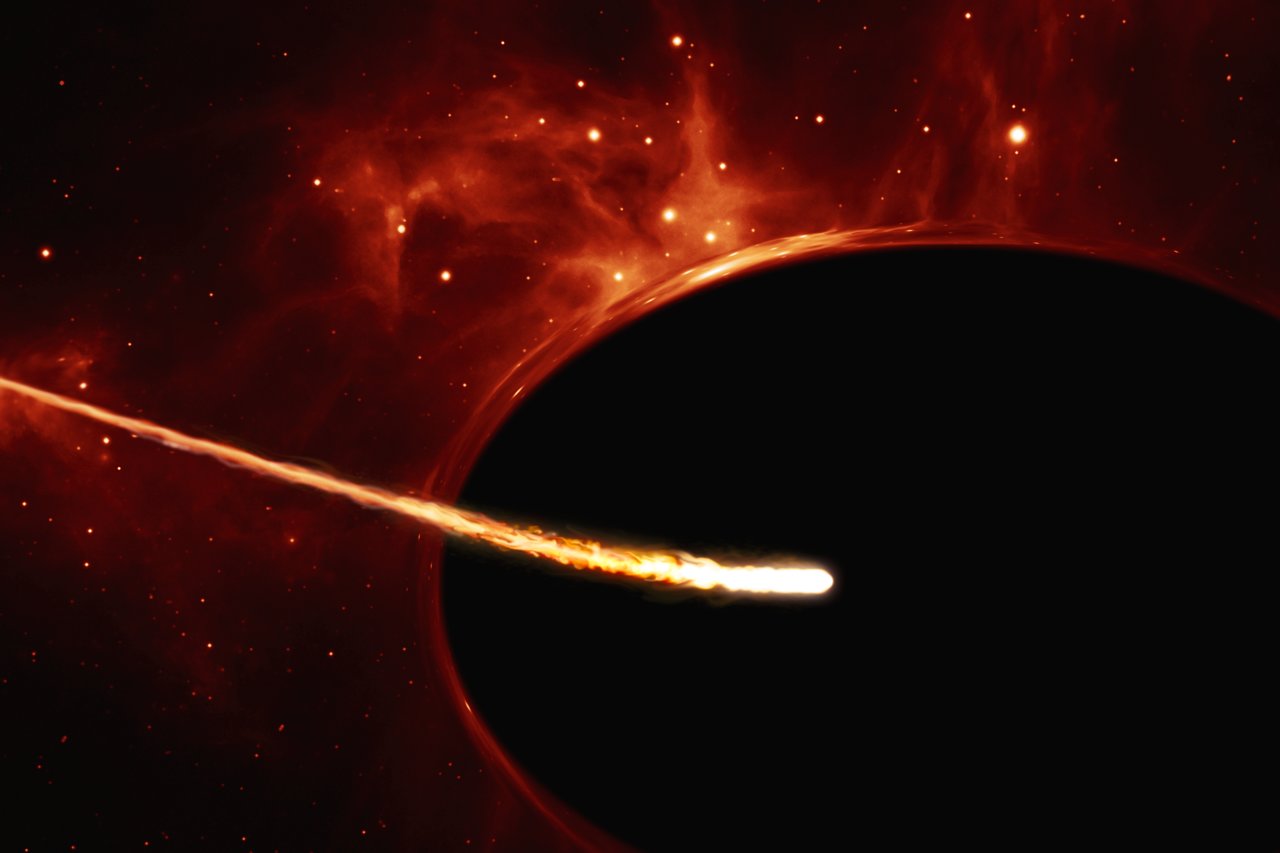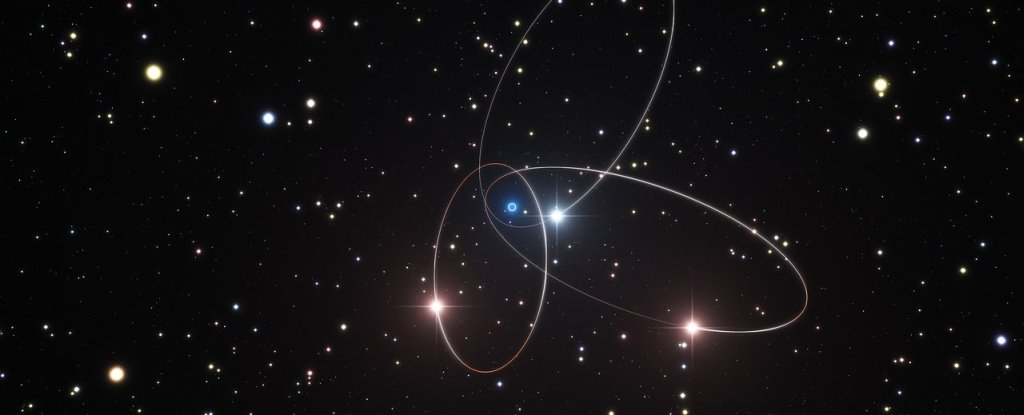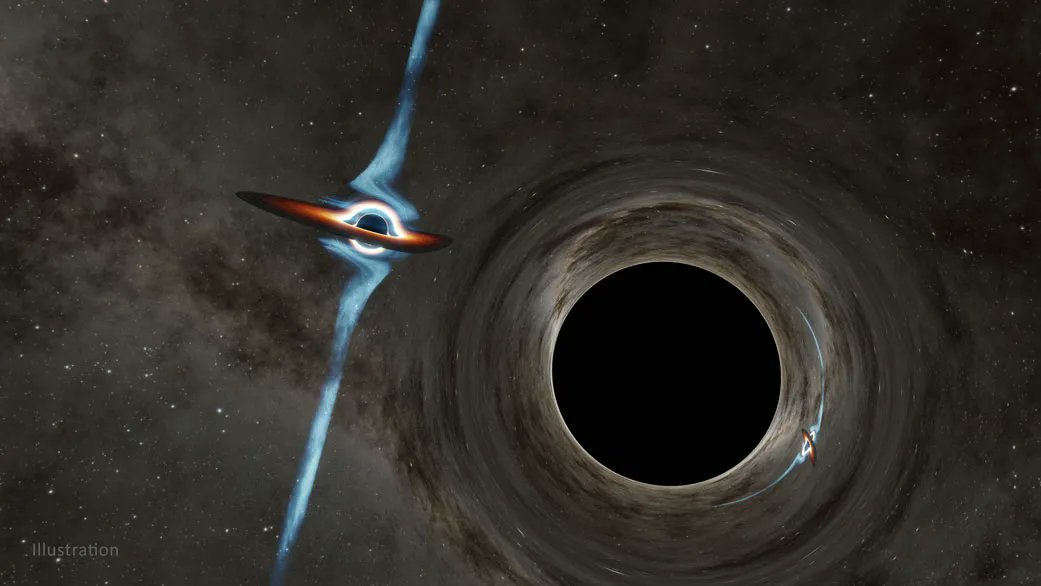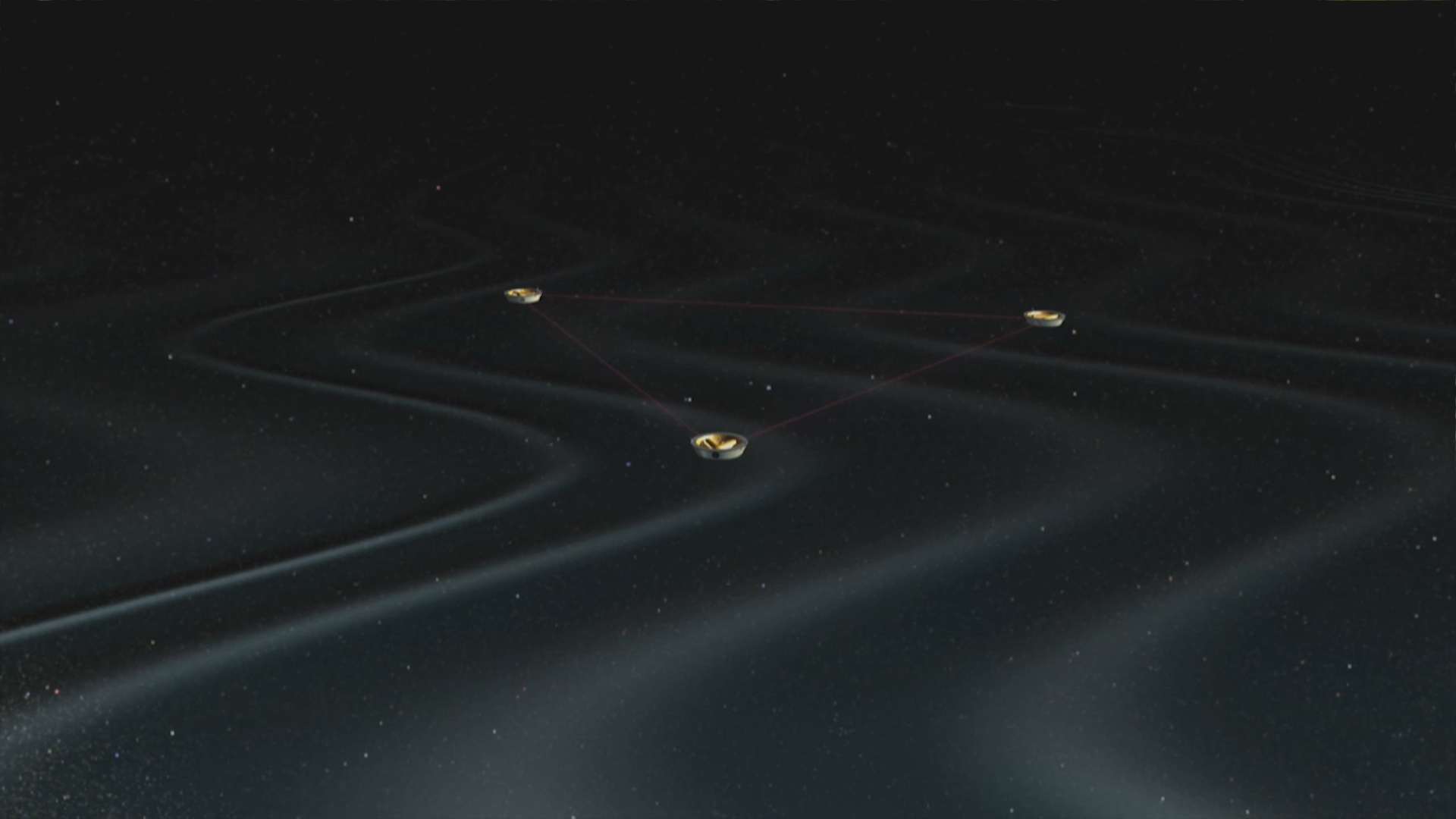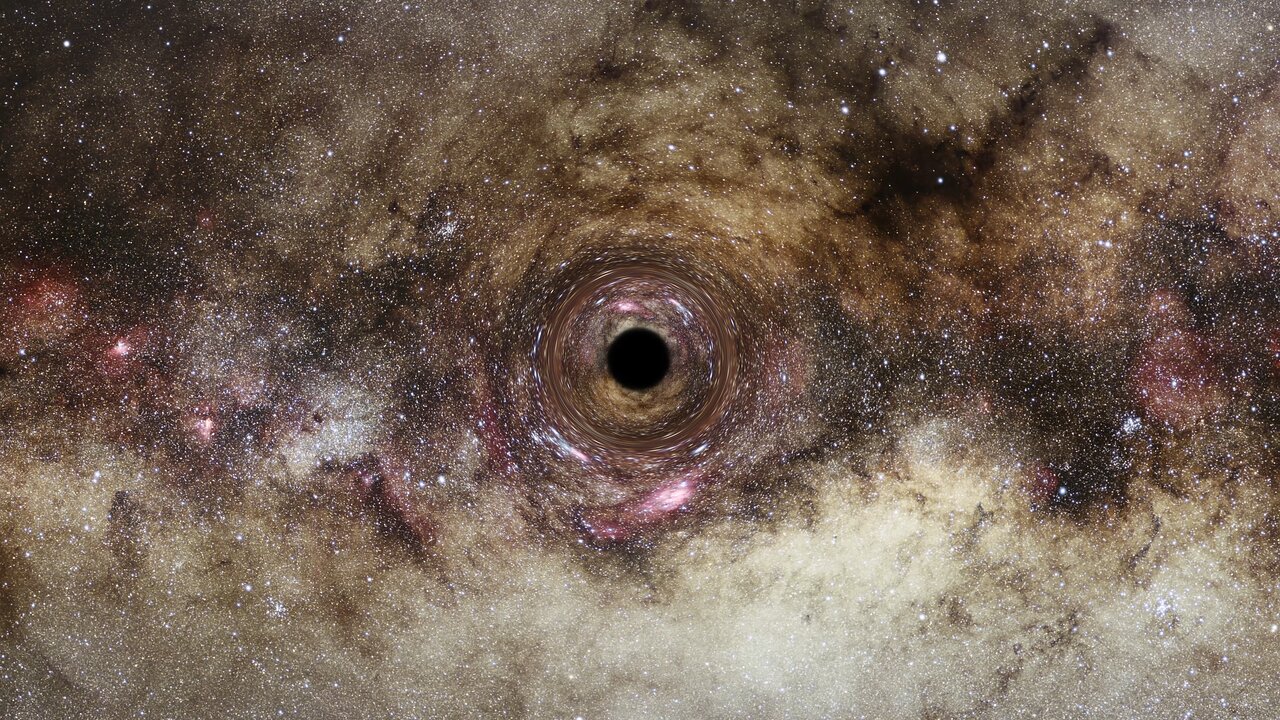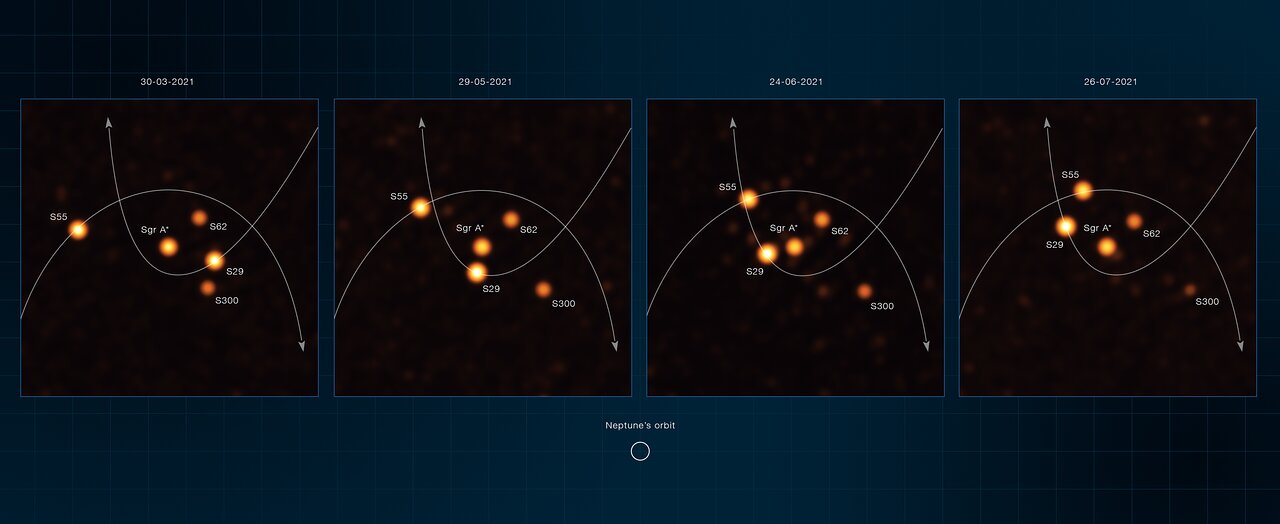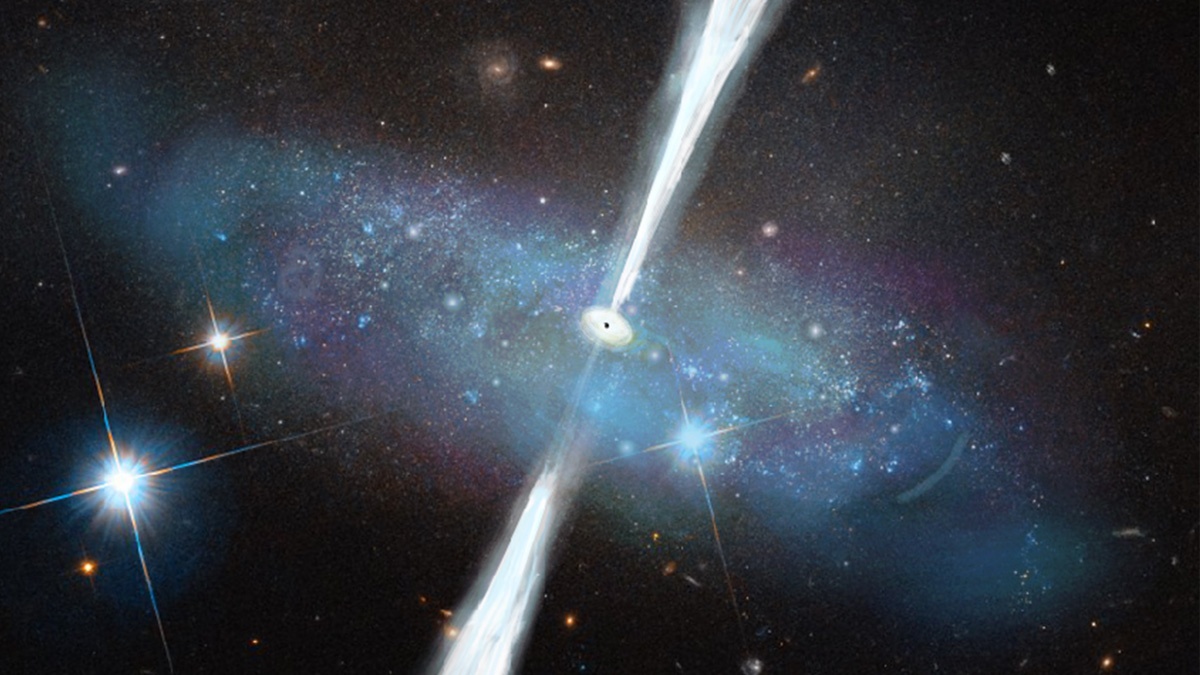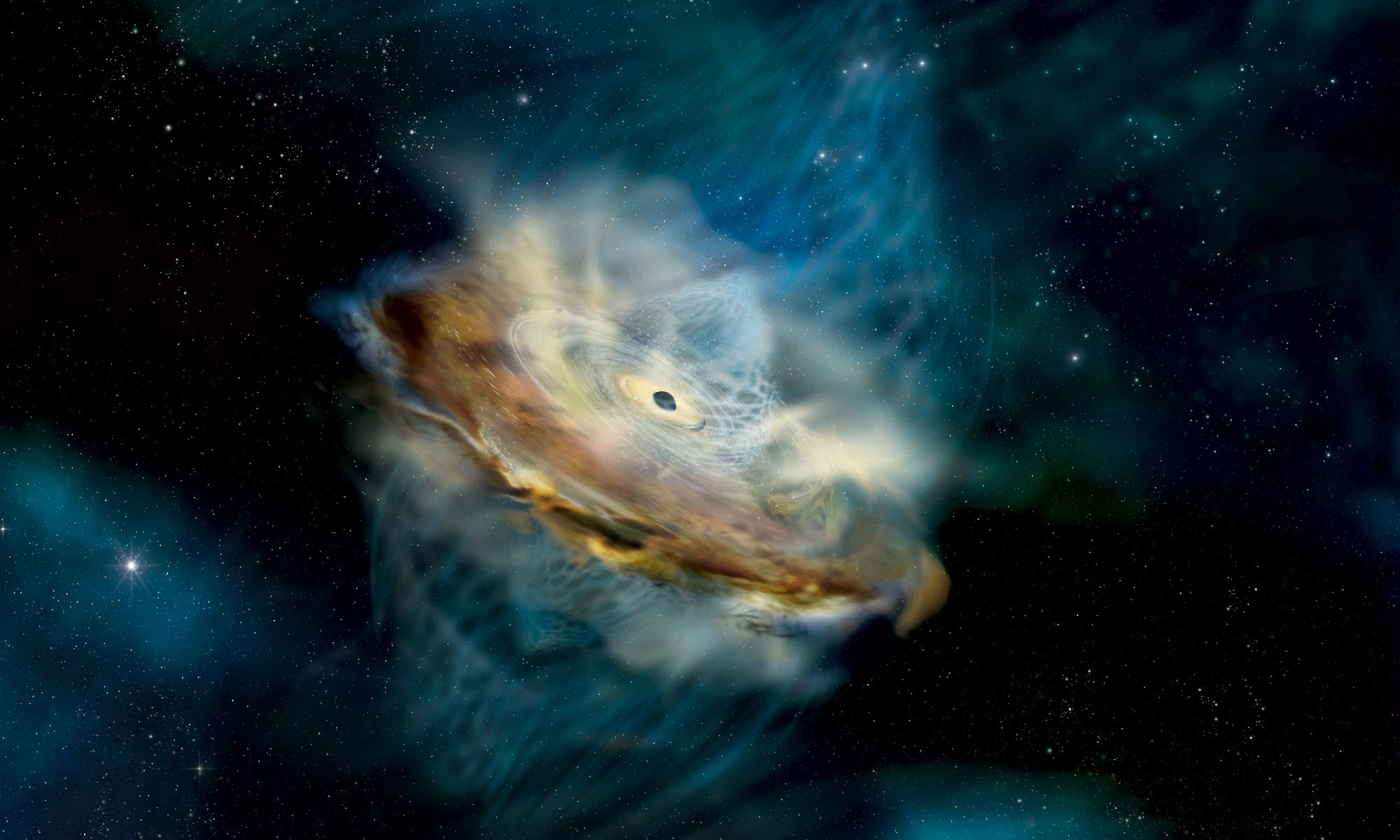What happens when a star wanders too close to a supermassive black hole? The obvious story is that it gets sucked in, never to be seen again. Some of its material gets superheated on the way in and that gives off huge amounts of radiation—usually X-rays. That’s not a wrong explanation, just incomplete. There’s more to the story, thanks to a team of astronomers at the University of California at Berkeley. They used a specialized spectrograph at Lick Observatory to study a tidal disruption event. That’s where a star encountered a black hole. What they found was surprising.
Continue reading “A Star Came too Close to a Black Hole and was Torn Apart. Surprisingly Little Actually Went In”A Star Came too Close to a Black Hole and was Torn Apart. Surprisingly Little Actually Went In
